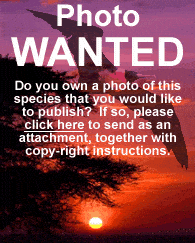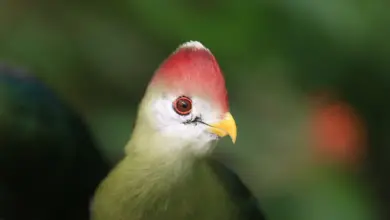Planting Plants that Attract Birds
Gardening/landscaping to attract birds or other wildlife begins with trees and thickets, as well as adding a variety of garden flowers.
It is best to include flowers that produce seeds that are particularly favored by birds, such as the sunflowers, as our feathered friends love sunflower seeds.
- If possible, plant your sunflowers in full sun where you can easily see them, so that you can watch the birds dining on them.
- You can save sunflower seeds for the winter by putting each seed head into a grocery bag and tying it around the stem. Make sure to leave some of the flower heads uncovered so that the hungry birds will not be driven to peck through the paper. When the seed heads have dried, cut them from the stems and store them in a metal container so that rodents won’t get into them. In winter, you can wire the seed head to a tree or a feeder for the chickadees, cardinals, goldfinches, and bluejays to enjoy.
Other garden flowers treasured by birds love include:
- cosmos, snapdragon, zinnia, cockscomb, aster and larkspur.
- After these flowers have finished blooming, don’t cut off their heads. Let them dry where they stand. In winter your garden will bloom again with the gold of finches and the red of cardinals.
Plant Native Flowers:
You can create a haven for birds by planting native wildflowers. This can be — depending on where you live — purple and yellow coneflowers, monarda – also know as bee balm, larkspur, black-eyed Susan, and Maximilian sunflowers.
Please remember that native flowers will attract native birds. Native flowers are also more resilient to diseases and are usually easier to care for as they have adapted to your climate and soil. Your local nursery should be able to recommend garden flowers that are native to your area.
Eco-Gardening: Tips for Easy-care, Nature-friendly Gardening
Plants that birds feed on:
Zinnias … Sunflowers … Purple coneflowers … Snapdragons … Portulaca … Cosmos … Cornflower … Coreopsis … Blazing star … White prairie clover … Compass plant … Prairie dock … Big and little bluestems … Sideoats grama … Switch grass … Prairie dropseed … Downy serviceberry … Hackberry … Dogwood … Juniper … Elderberry … Hawthorn
Hummingbirds feed on:
- Columbine … Jewelweed … Native phlox … Native honeysuckle … Cardinal flower … Beebalm (Monarda) … Cannas … Coral Bells … Cardinal flower … Hollyhock … Begonia … Bouganvillea … Dahlia … Lantana … Impatients … Hibiscus … Glads … Foxglove … Fuchsia … Gaillardia (Indian Blanket)
Basically, any plants that contain berries and shelter for them to hide in are good candidates for the garden.
Some berry-rich plants are:
- viburnums
- skimmia (need male and female to get berries)
- hollies (need also male and female for berries)
- rugosa roses – especially important during the winter as they develop healthy rose hips that they can eat during the cold season
On the plants that need males and females, make sure the plants are labeled as such in the nursery and you usually need one male for 5-6 females. Of course, if they are unlabeled, the ones with the berries ARE the females. Only when an unlabeled holly is flowering can you determine, if it’s male or female. If it has four small stalks in the center of the flower its a male. If it has four small stalks and a large central stalk in the middle (the pistil or ovary) that then is the female.
Shelter
- Can be provided by planting Evergreens, in addition to providing nesting boxes/birdhouses.
Don’t Forget …
Water
- Fresh and CLEAN water should ideally be available every day. There should always be a water supply, such as a bird bath. A heater in the bird bath will prevent the water from freezing during the winter.
These things ensure birds come to your garden and stay there.



